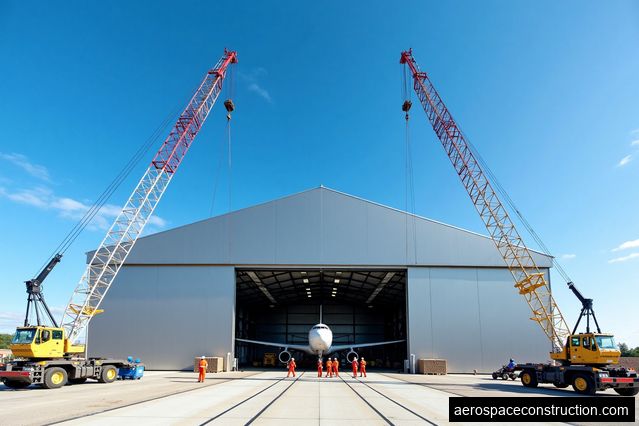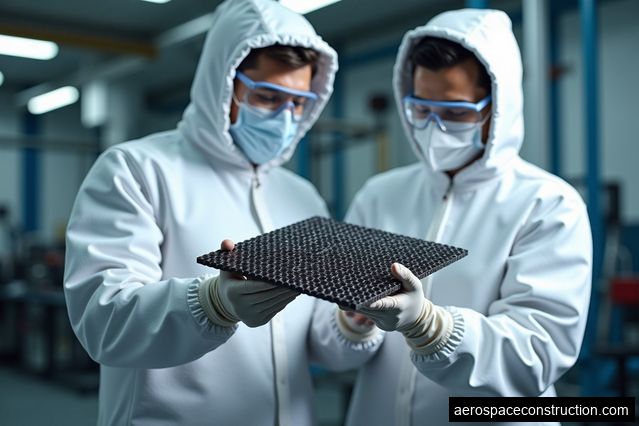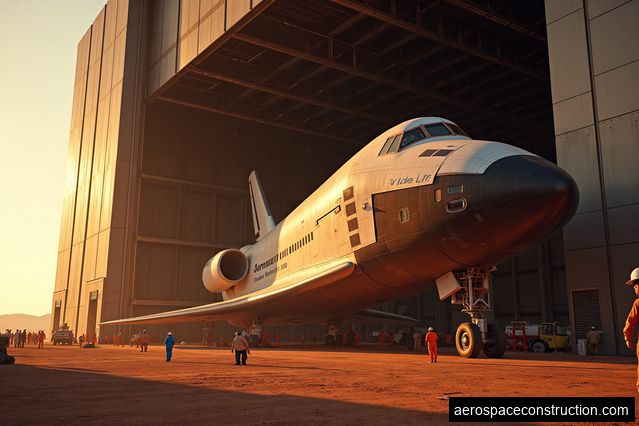Lightweight Composites
One of the most significant developments in aerospace construction is the use of lightweight composites. These materials, such as carbon fiber reinforced polymers (CFRPs), offer a high strength-to-weight ratio, making them ideal for reducing the overall weight of aircraft. CFRPs are composed of carbon fibers embedded in a polymer matrix, resulting in a material that is both strong and lightweight. This allows for improved fuel efficiency and increased payload capacity. Additionally, composites offer better resistance to corrosion and fatigue compared to traditional materials like aluminum.
Graphene Reinforced Polymers
Another exciting development in aerospace materials is the incorporation of graphene into polymers. Graphene is a single layer of carbon atoms arranged in a two-dimensional lattice. When added to polymers, it enhances their mechanical properties, such as strength and stiffness. Graphene reinforced polymers have the potential to revolutionize aerospace construction by providing even lighter and stronger materials. These composites could lead to more fuel-efficient aircraft and enable longer and faster flights.
Self-Healing Alloys
Maintenance and repair are critical aspects of aerospace operations. To address this, researchers have been developing self-healing alloys capable of repairing damage caused by fatigue, corrosion, or impact. These alloys contain microcapsules filled with healing agents that are released when damage occurs. The healing agents react with the surrounding environment, filling in cracks and restoring the material's integrity. Self-healing alloys have the potential to significantly reduce maintenance costs and increase the lifespan of aerospace components.
Shape Memory Alloys
Shape memory alloys (SMAs) are another innovative material finding applications in aerospace construction. SMAs can recover their original shape after being deformed, making them ideal for components that require intricate movements or adjustments. These alloys can be used in aircraft wings, landing gear, and control systems, providing precise and reliable performance. SMAs offer improved durability and can withstand extreme temperatures and stress, making them a valuable asset in the aerospace industry.
Next-Generation Ceramics
Ceramic materials have long been used in aerospace applications due to their high-temperature resistance and excellent thermal properties. However, recent advancements in ceramics have led to the development of next-generation ceramic composites with enhanced mechanical properties. These composites can withstand extreme temperatures and pressures while maintaining their structural integrity. Next-generation ceramics offer improved performance in areas such as engine components, thermal protection systems, and heat shields. Their ability to withstand high temperatures makes them crucial for space exploration missions.
Transparent Ceramics
Transparent ceramics are a specific type of ceramic material that allows the transmission of light. These materials have applications in aerospace construction, particularly for windows and optical systems. Transparent ceramics provide excellent optical clarity and high resistance to thermal shock. They are being used in spacecraft windows, sensors, and laser systems, enabling advanced imaging and communication technologies. The development of transparent ceramics opens up new possibilities for aerospace design and functionality.








